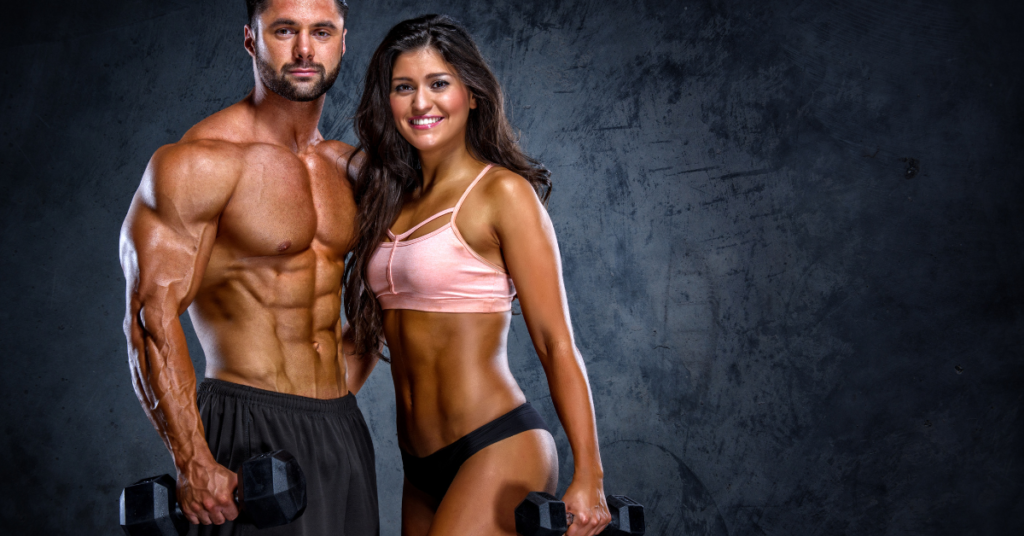Introduction:
Embarking on a fitness journey can be both exhilarating and daunting. With an abundance of information available, knowing where to start is often the biggest hurdle. This ultimate beginner’s guide to fitness is designed to demystify the process, offering clear, actionable steps to help you embark on your journey with confidence. From setting realistic goals to understanding the basics of nutrition and exercise, we’ll provide you with the tools you need to make lasting changes. Whether you’re looking to improve your health, gain muscle, or lose weight, this guide is your first step towards achieving your fitness aspirations.
Setting Realistic Fitness Goals
Goal Setting: The first step in your fitness journey is to set achievable goals. Whether it’s losing weight, gaining muscle, or improving cardiovascular health, your goals should be specific, measurable, achievable, relevant, and time-bound (SMART). Start with small, short-term goals that will gradually lead you to your ultimate long-term aspirations.
Understanding the Basics of Nutrition
Nutrition Fundamentals: Nutrition is a critical component of fitness. A balanced diet fuels your workouts and helps your body recover and build muscle. Focus on consuming a variety of nutrients, including carbohydrates for energy, lean proteins for muscle repair, and fats for hormone production and joint health. Don’t forget about the importance of vitamins and minerals, which you can get from fruits, vegetables, and whole grains. Hydration is also crucial; aim to drink at least eight 8-ounce glasses of water a day.
Starting an Exercise Regimen
Exercise Basics: Begin with a mix of cardiovascular exercises, strength training, and flexibility workouts. Cardio exercises, like walking, running, or cycling, improve heart health and burn calories. Strength training, involving weights or bodyweight exercises, helps build muscle and increase metabolic rate. Flexibility exercises, such as yoga or stretching, improve mobility and reduce the risk of injury.
- Week 1-4: Start with light cardio sessions, 2-3 times a week, and incorporate basic bodyweight exercises like squats, push-ups, and lunges. Focus on form and consistency.
- Week 5-8: Gradually increase the intensity of your cardio sessions and add light weights to your strength training. Begin exploring different types of workouts to find what you enjoy.
- Week 9-12: Aim to exercise most days of the week, mixing cardio, strength, and flexibility workouts. Start setting new goals based on your progress.
Overcoming Challenges and Staying Motivated
Staying Motivated: Motivation can wane, especially when progress seems slow or life gets busy. To stay on track, mix up your routines to keep them exciting, set regular check-ins to evaluate your progress, and celebrate your successes, no matter how small. Finding a workout buddy or joining a fitness community can also provide support and accountability.
Conclusion
Embarking on a fitness journey is a significant first step toward a healthier lifestyle. By setting realistic goals, understanding nutrition, starting with a balanced exercise regimen, and finding ways to stay motivated, you’re laying the foundation for a lifetime of health and fitness. Remember, the journey is personal and unique to each individual. Progress may come slowly, but with consistency and dedication, you’ll achieve your fitness aspirations. Welcome to the beginning of a healthier, stronger you.


One Response
Nice article